During his lifetime, President Ho Chi Minh emphasized: "Culture must light the way for the nation to go" (1) . Continuing that thought, the late General Secretary Nguyen Phu Trong affirmed that culture is the soul of the nation, as long as culture exists, the nation exists (2) . This shows that culture is not only a spiritual heritage but also the core for the development and longevity of the country, an important factor in building the national brand, positioning Vietnam on the world map. For culture to truly become an endogenous strength, contributing to enhancing the position and image of the country, it is necessary to maximize the value of Vietnamese culture and people, turning culture into a driving force for sustainable development. This is also the basis for Vietnam to take advantage of opportunities, overcome challenges, and gradually realize the goal of becoming a developed country with a socialist orientation by the middle of the 21st century (3) .
In fact, Vietnam has achieved many remarkable achievements in promoting culture to the world, contributing to enhancing national brand recognition. In recent years, Vietnam has promoted the promotion of the national image through cultural diplomacy activities, such as organizing international events, producing cultural products, preserving and promoting heritage, and cultural and artistic exchanges. The unique cultural values of Vietnam are increasingly spreading, helping to raise awareness of the country and attract the attention of international friends. However, Vietnam is facing a number of challenges and limitations in exploiting and preserving cultural values on the path to national brand positioning.
Member of the Party Central Committee, Vice President Vo Thi Anh Xuan and the wives of foreign ambassadors to Vietnam attended the launching ceremony of "Ao Dai Week" 2024 and the art program "Fragrance and beauty of Vietnamese Ao Dai", March 2024 _Source: hoilhpn.org.vn
Some theoretical and practical issues on national branding through cultural diplomacy
The national brand image is a comprehensive picture reflecting the identity, position and aspirations of a country. This is not only the way countries appear before the international community, but also a strategic tool to help position the country on the world map. A well-built national brand, based on unique and different values, not only creates a strong impression on foreign audiences but also increases economic competitiveness, contributing to enhancing the country's position in the international arena. Therefore, the national brand must be clearly defined, reflecting the noble spiritual values and traditions of the nation, while at the same time playing the role of connecting the community, creating motivation for society to work towards common development goals (4) . A country that has not yet built a strong national brand image often faces many challenges in foreign affairs activities, reducing the effectiveness of international cooperation. On the contrary, building and implementing a systematic national brand strategy will help increase influence, promote integration and sustainable development. To achieve this, each country needs a comprehensive, synchronous policy, ensuring consistency in conveying national information and image to the international community. These strategies need to be implemented systematically, continuously and emphasize core messages to strengthen national brand identity on a global scale (5) .
In essence, a national brand is the crystallization of a country's mission and development strategy, including cultural aspects. According to the Nation Brands Index model of Simon Anholt - the founder of the concept of "national brand" - a country's image in the eyes of the international community is influenced by many factors, of which culture plays an important role (6) . Culture is the factor that most clearly reflects national identity, helping to distinguish one country from another, and at the same time creating long-term attraction.
Recognizing the important role of culture in the country's development strategy, our Party and State have identified the shaping of the national brand through cultural diplomacy as an important task, especially in the context of deep integration today. The overall strategy for international integration to 2020, with a vision to 2030, sets out the goal: "Enhancing the image of the country and people of Vietnam, widely introducing the image of Vietnam to the world, and Vietnamese culture making new contributions recognized in international cultural life" (7) . On that basis, strategies and action programs have been deployed to turn culture into a soft tool to help enhance the country's position, while building the image of a distinct and attractive Vietnam. In particular, the Cultural Diplomacy Strategy to 2030 aims to use cultural tools in diplomacy to strengthen international relations, ensure national interests and develop the economy and society. One of these is the activity of building a national brand image through the cultural values of the nation, such as heritage, traditional crafts, cuisine, music, fashion, etc., to create an image of a beautiful Vietnam, rich in cultural traditions, with a unique identity and openness in integration (8) .
In the history of Vietnamese diplomacy, promoting cultural identity through foreign affairs activities has created the premise for affirming the country's position in the international arena. In particular, during the resistance war against American imperialism to save the country, diplomacy not only played a role in mobilizing support from the international community, but was also an important front in the struggle to affirm national sovereignty. A typical example is the use of traditional ao dai as a means of conveying messages about national identity. The image of diplomat Nguyen Thi Binh - Head of the delegation of the Provisional Revolutionary Government of the Republic of South Vietnam at the Paris Conference - in the traditional ao dai has become a symbol of a resilient, independent and self-reliant Vietnam (9) . The appearance of comrade Nguyen Thi Binh in important negotiations not only impressed by her sharp arguments but also by the image of Vietnam that she represented. The elegant, simple yet dignified ao dai helps her express the calmness, bravery and indomitable spirit of a nation fighting for freedom. This helps strengthen Vietnam's position at the negotiating table, while creating strong connections with international friends, contributing to raising consensus and support from other countries. Besides the Paris Conference, the image of diplomat Nguyen Thi Binh in Ao Dai also appeared at important international events, such as the International Youth and Student Congress in Finland (1962), or the World Women's Congress in Moscow (1963), contributing to building the image of a Vietnam with its own cultural identity, standing out in the turbulent international political context.
Based on these premises, up to now, Vietnam has proactively implemented many national brand promotion activities that integrate cultural elements into foreign affairs activities and international agendas, creating conditions for the country's image to be widely promoted. A clear demonstration of this is the arrangement of a schedule to visit important cultural heritages, such as the Temple of Literature - Quoc Tu Giam, Thang Long Imperial Citadel, Hoan Kiem Lake, etc. for the official visit to Vietnam in October 2022 by United Nations Secretary-General António Guterres (10) . These activities help raise international awareness of Vietnam's cultural and historical values, while creating a mark in foreign relations.
In addition, cultural promotion is also emphasized in parallel with political and economic goals during international trips of Vietnamese leaders. During the 78th United Nations General Assembly High-Level Week (2023), Prime Minister Pham Minh Chinh combined the promotion of the country's culture through organizing traditional Vietnamese art programs in three major cities of the United States. Similarly, during the Prime Minister's visit to Brazil (2024), cultural exchange programs also contributed to strengthening the friendly relations between the two countries (11) . It can be seen that, in addition to diplomatic agreements, the image of Vietnam with a rich culture has been widely introduced. These activities help shape Vietnam as a country with a rich culture, creating "soft power" to strengthen international relations. This contributes to enhancing national prestige, while creating sympathy with international partners, promoting cooperation in many fields.
In addition, activities to promote Vietnam's image through international cultural events have also been promoted. Vietnam's successful organization of the United Nations Vesak 2014 and 2019 have contributed to building the image of a peace-loving Vietnam, always striving to act for peace, cooperation and social progress in the world. Annual activities held in many countries, such as: "Japan Cherry Blossom Festival - Hanoi", "Vietnam - Korea Cultural Food Festival", International Food Festival, Vietnam - Laos - China Con Throwing Festival, "Vietnamese Ethnic Culture Day" or "Moscow Days in Hanoi - 2019", "Vietnam - Germany Cultural Festival - Oktoberfest Vietnam 2019", ... in addition to promoting culture, also help connect the Vietnamese community abroad. Vietnamese cultural centers in many countries have gradually taken shape and come into operation, becoming effective channels for cultural introduction and exchange.
Vietnam also actively and proactively participates in global cultural forums, thereby creating conditions for national cultural values to be recognized by the world. Currently, Vietnam has 34 heritages recognized by the United Nations Educational, Scientific and Cultural Organization (UNESCO) (12) , including natural heritages, tangible cultural heritages, intangible cultural heritages and documentary heritages, reflecting the diversity and depth of the country's culture. Vietnam's presence in international organizations such as UNESCO is also a clear demonstration of the use of culture to enhance the national brand. UNESCO's recognition of heritages not only helps preserve and promote Vietnamese cultural values but also enhances Vietnam's appeal in the international arena, affirming the position of a country with a long-standing and proud culture.
Through cultural diplomacy, the image of the country and Vietnamese people with their own unique cultural values gradually becomes closer to the international community. Through that, international friends can clearly and correctly understand Vietnam, trust in Vietnam's path of innovation and international integration, and correctly assess Vietnam's potentials, advantages and contributions to the common development process of the region and the world.
Strengthening cultural promotion to stimulate tourism, attracting domestic and international tourists to Vietnam_Source: nhiepanhdoisong.vn
Solutions to build Vietnam's national brand image through cultural diplomacy in the coming time
In the context of integration, to continue to exploit and promote cultural values in a more substantial and effective way, it is necessary to clearly recognize the potentials and opportunities that cultural diplomacy brings, and at the same time identify the challenges that need to be overcome to optimize the role of cultural diplomacy in the national brand development strategy.
In terms of potential, one of Vietnam's greatest advantages is its rich, diverse, unique and long-standing culture with 54 ethnic groups, creating unique customs, practices, festivals, arts and cuisine. Not only that, Vietnam's tangible cultural heritage system recognized by UNESCO is also an important advantage to help our country build its national brand through cultural diplomacy activities. In addition, the film, music, fashion, handicraft industries, etc. are gradually developing, if used effectively through cultural diplomacy activities, they will contribute significantly to enhancing the value of the national brand. Along with that, the development of technology and digital media also opens up many opportunities for Vietnam to promote its national brand through cultural diplomacy. Through social media such as Facebook, YouTube, Tiktok, Instagram,... content about Vietnamese culture reaches a large international audience quickly. Thanks to that, the image of Vietnam with a unique and diverse culture is not only introduced through traditional media but can also spread strongly in the digital space, reaching a variety of target groups, especially the global young generation.
However, in addition to the advantages and potentials, building a national brand image through cultural diplomacy also faces many challenges, notably the decline of cultural heritage and the ineffective exploitation of cultural potential in the national brand strategy. The impact of globalization, urbanization and changes in the lifestyle of young people have put many types of folk art, traditional customs and crafts at risk of disappearing. Many intangible cultural heritages such as Bac Ninh Quan Ho, Ca Tru, and Xoan singing, although recognized by UNESCO, still face the risk of fading away due to a lack of human resources to inherit them (13) . Notably, investment resources for heritage conservation are still limited, failing to meet the actual needs in maintaining, restoring and promoting heritage values. Although our State has had investment policies through many stages, the level of funding for conservation work is still not commensurate with the scale and need to preserve the heritage system across the country. Specifically, the period 2001 - 2005: 533 relics, invested 518.35 billion VND; the period 2006 - 2010: 1,218 relics, invested 1,510.47 billion VND; the period 2011 - 2015: 1,302 relics, invested 1,436.844 billion VND; the period 2016 - 2020: 471 relics, invested 245 billion VND. This leads to a situation where some heritages receive strong investment attention, while many other heritages have not been exploited effectively (14) .
Despite possessing rich cultural resources, Vietnam has not yet fully exploited them to turn culture into a competitive advantage in promoting the national brand. Cultural products such as cuisine, fashion, handicrafts, cinema, etc., although present in the international market, do not have a systematic development strategy to create a strong influence like some other countries have done, such as South Korea with the Hallyu wave or Japan with anime and manga culture. Programs to promote national culture to the world are still scattered, lacking focus and have not reached a large enough scale to make a deep impression. In addition, the lack of close combination between culture and tourism, trade and diplomacy has prevented Vietnam from fully exploiting the potential of cultural "soft power" to enhance the national image (15) .
In order to promote the potential and overcome the challenges that the national brand image through foreign culture is facing, timely and appropriate measures are needed. Accordingly, the following solutions need to be focused on:
Firstly, it is necessary to build a comprehensive, specialized strategy on national branding based on cultural diplomacy. In the world, many countries such as Korea, Japan, Singapore, etc. have promptly implemented communication strategies to promote national brand images in a systematic and large-scale manner, while continuously updating and adjusting policies to suit the country's development context. Vietnam also needs to orient itself to build a comprehensive strategy, in which culture is integrated into socio-economic development strategies, tourism, creative industries and diplomacy. This not only helps optimize cultural strength in promoting national brands, but also creates resonance between fields, thereby promoting the comprehensive development of the country. A clear, focused strategy is an important foundation to improve the effectiveness of international communication, positioning Vietnam's image on the world map in a professional and sustainable manner.
Second, promote the application of technology in national branding to enhance promotional effectiveness. In the digital age, modern technology plays an important role in quickly spreading the national image to the world. Vietnam needs to take advantage of social media platforms and digital content to promote cultural values to the global public. At the same time, apply "social listening" technology to monitor trends and analyze international audience feedback to promote media content in a more attractive and appropriate direction. In addition, building creative media stories about the country, people, heritage and art of Vietnam, combined with short and concise brand messages will help enhance the influence of the national brand. In addition, it is necessary to develop creative digital media products, such as short videos, documentaries, and interactive graphics, to convey Vietnamese cultural identity in a more vivid, accessible, and powerful way in the digital environment, in parallel with promotion through cultural diplomacy activities.
Third, developing cultural industries into a key sector, contributing to building and affirming the national brand. The strategy for developing Vietnam's cultural industries to 2030, with a vision to 2045, has set out specific goals, emphasizing that the development of cultural industries must be closely linked to the national brand building strategy, in order to enhance the value of Vietnamese culture in the international arena (16) . To do that, it is necessary to focus on developing cultural products with a distinct identity, creativity and quality, while applying science - technology, innovation and digital transformation to the production and distribution process. Creating highly competitive products in the international market will contribute to affirming the national brand and enhancing Vietnam's reputation. In addition, it is necessary to improve legal policies, including tax incentives and investment support, to create a favorable corridor for the industry's development.
Fourth , investing in training and developing human resources for cultural diplomacy is also an important factor for the cultural diplomacy strategy to be effective in promoting Vietnam's image and enhancing the country's position in the international arena. To achieve this, it is necessary to build a team of highly qualified human resources with the capacity to implement national cultural strategies. In-depth training programs on cultural management, international diplomacy and cultural strategy need to be implemented at training institutions, academies and research centers. These programs need to be designed in the form of continuous training, helping the cultural diplomacy human resources to always be updated with new trends and knowledge, meeting the requirements of cultural globalization. In addition, it is necessary to encourage the participation of organizations and individuals in the community in international cultural diplomacy activities, through the development of support mechanisms to facilitate individuals and organizations to participate in international cultural exchange programs, helping them to promote their creative talents and improve their cultural diplomacy capacity, thereby contributing to promoting Vietnamese culture and building a sustainable national brand.
In the context of globalization and increasingly deep international integration, culture is not only a national identity but also a strategic tool to position the national brand. Vietnam, with its rich, long-standing culture and rich traditional values, possesses great potential in promoting the country's image through cultural diplomacy activities. Achievements in cultural diplomacy have contributed to enhancing the recognition of Vietnam's brand on the world map, creating an attractive, trustworthy and unique national image. In the future, if we make good use of cultural strength and have a methodical promotion strategy, Vietnam will not only affirm its position as an attractive cultural destination, but also build a strong national brand, creating a difference in the context of global competition. A national brand shaped by culture is not only a key factor in enhancing prestige and promoting international relations, but also contributes to sustainable development, helping Vietnam reach further on the world map./.
--------------------
(1) Ho Chi Minh: On cultural and artistic work , Truth Publishing House, Hanoi, 1971, p. 72
(2) Nguyen Phu Trong: Building and developing an advanced Vietnamese culture imbued with national identity, National Political Publishing House Truth, Hanoi, 2024, p. 29
(3) See: Resolution of the 13th National Congress of the Party, Government Electronic Newspaper, February 1, 2021, https://baochinhphu.vn/toan-van-nghi-quyet-dai-hoi-dai-bieu-toan-quoc-lan-thu-xiii-cua-dang-102288263.htm
(4) S. Bintang & R. Basri: Conceptualization of nation brand image , International Journal of Management Studies (IJMS), 2013, Vol.20 (2), p. 165 - 183
(5) Oksana Biletska: Culture as a nation branding tool within the international interaction system, Culture and Arts in the Modern World, 22, 22 - 33
(6) S. Anholt: Anholt Nation Brand Index: How Does the World See America , 2005
(7) See: Decision No. 40/QD-TTg, dated January 7, 2016, of the Prime Minister, on approving the Overall Strategy for International Integration to 2020, with a vision to 2030 , https://datafiles.chinhphu.vn/cpp/files/vbpq/2016/01/40-.signed.pdf
(8) See: Decision No. 210/QD-TTg, dated February 8, 2015, of the Prime Minister, Approving Vietnam's Foreign Cultural Strategy to 2020 and vision to 2030, https://vanban.chinhphu.vn/default.aspx?pageid=27160&docid=178857
(9) Tram Huong: Impressions of Ao Dai: Ao Dai on the diplomatic front, Thanh Nien Newspaper , March 6, 2017, https://thanhnien.vn/an-tuong-ao-dai-nhung-ta-ao-dai-tren-mat-tran-ngoai-giao-185643565.htm
(10) VNA: UN Secretary-General visits iconic cultural and historical sites of Hanoi, People's Army Newspaper , October 22, 2022, https://www.qdnd.vn/chinh-tri/tin-tuc/tong-thu-ky-lien-hop-quoc-tham-cac-dia-danh-van-hoa-lich-su-bieu-tuong-cua-ha-noi-708892
(11) The Cong, Xuan Truong: Ms. Nguyen Phuong Hoa: Cultural diplomacy contributes to deepening bilateral cooperation and bringing about real effectiveness, Electronic Information Portal of the Ministry of Culture, Sports and Tourism, February 11, 2024, https://bvhttdl.gov.vn/ba-nguyen-phuong-hoa-ngoai-giao-van-hoa-gop-phan-dua-cac-hop-tac-song-phuong-di-vao-chieu-sau-hieu-qua-thuc-chat-20240202200307325.htm
(12) Hoang Dao Cuong: Cultural Heritage Imprints in 2024, Tasks and Solutions in 2025, Electronic Information Portal, Ministry of Culture, Sports and Tourism, December 26, 2024, https://bvhttdl.gov.vn/dau-an-di-san-van-hoa-nam-2024-nhiem-vu-giai-phap-nam-2025-20241226140127504.htm#:~:text=Vi%E1%BB%87t%20Nam%20hi%E1%BB%87n%20c%C3%B3%20h%C6%A1n,danh%20v%C3%A0%2010%20di%20s%E1%BA%A3n
(13) Ha Phuong: Risk of losing representative intangible cultural heritage of humanity, Economic & Urban Electronic Newspaper, February 17, 2023, https://kinhtedothi.vn/nguy-co-that-truyen-di-san-van-hoa-phi-vat-the-dai-dien-cua-nhan-loai.html
(14) Hoang Dao Cuong: Heritage economic development in Vietnam: Current situation and some issues, Electronic Communist Magazine , December 6, 2024, https://tapchicongsan.org.vn/web/guest/dan-so-vung-bien-ao/-/2018/1028402/view_content
(15) Le Thi Thu Hang: “Public diplomacy in implementing a comprehensive Vietnamese diplomacy”, Communist Electronic Magazine, September 25, 2019 , https://www.tapchicongsan.org.vn/web/guest/-oi-ngoai2/-/2018/812605/ngoai-giao-cong-chung-trong-trien-khai-mot-nen-ngoai-giao-viet-nam-toan-dien.aspx
(16) See: Decision No. 1755/QD-TTg, dated September 8, 2016, of the Prime Minister, Approving the Strategy for the Development of Vietnam's Cultural Industries to 2020, with a Vision to 2030, https://vanban.chinhphu.vn/default.aspx?pageid=27160&docid=186367
Source: https://tapchicongsan.org.vn/web/guest/van_hoa_xa_hoi/-/2018/1088802/dinh-vi-thuong-hieu-quoc-gia-viet-nam-qua-ngoai-giao-van-hoa.aspx


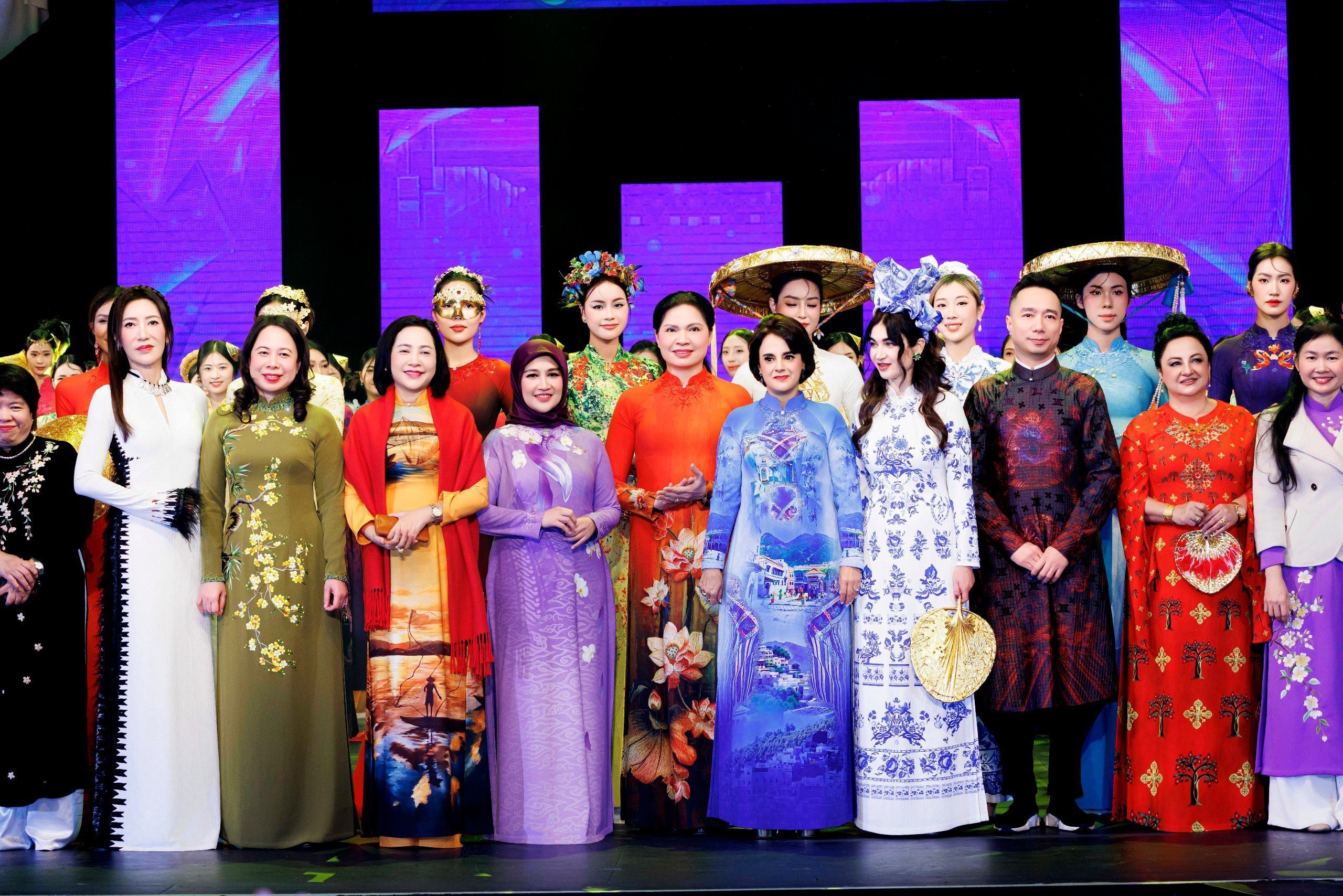
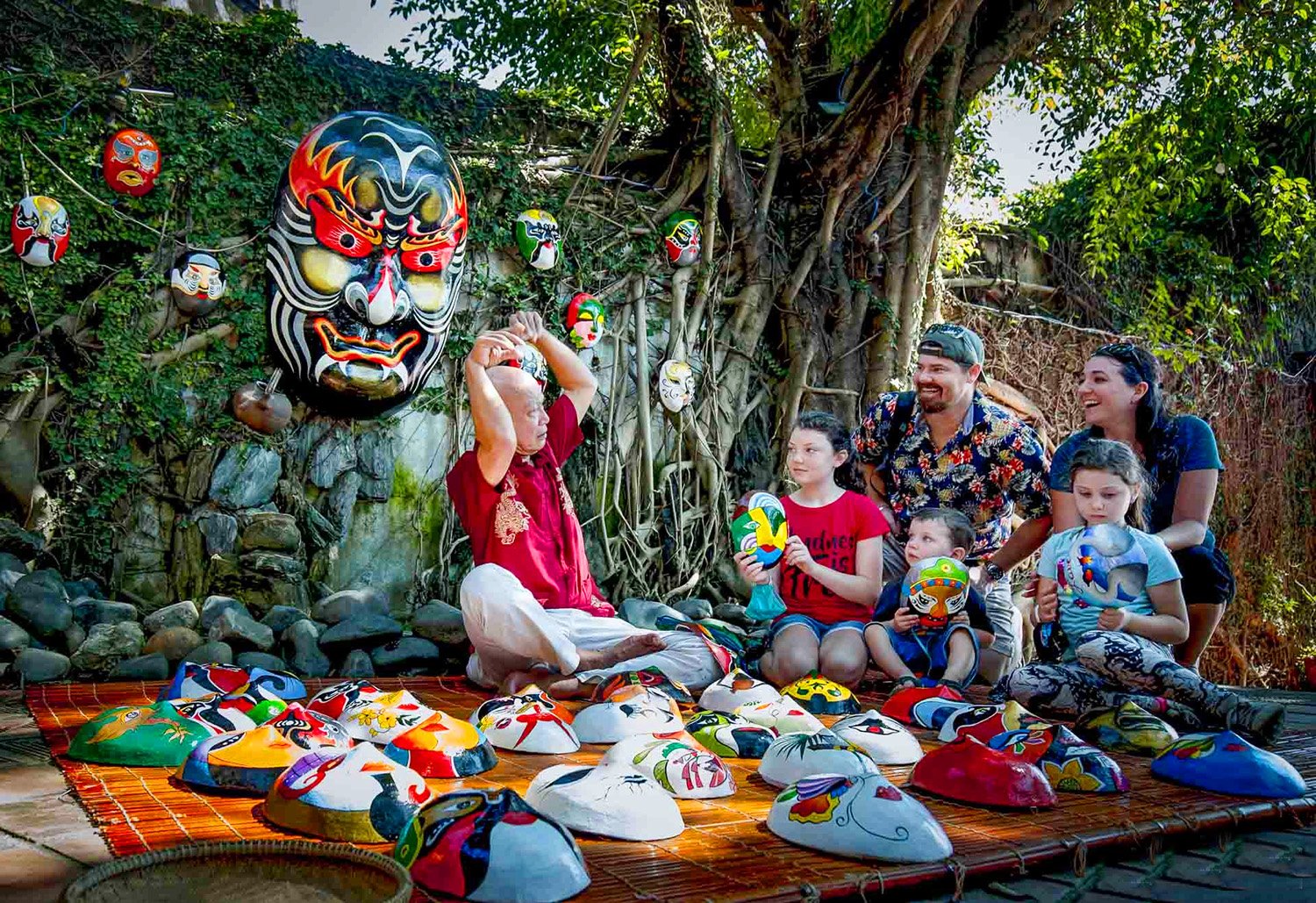





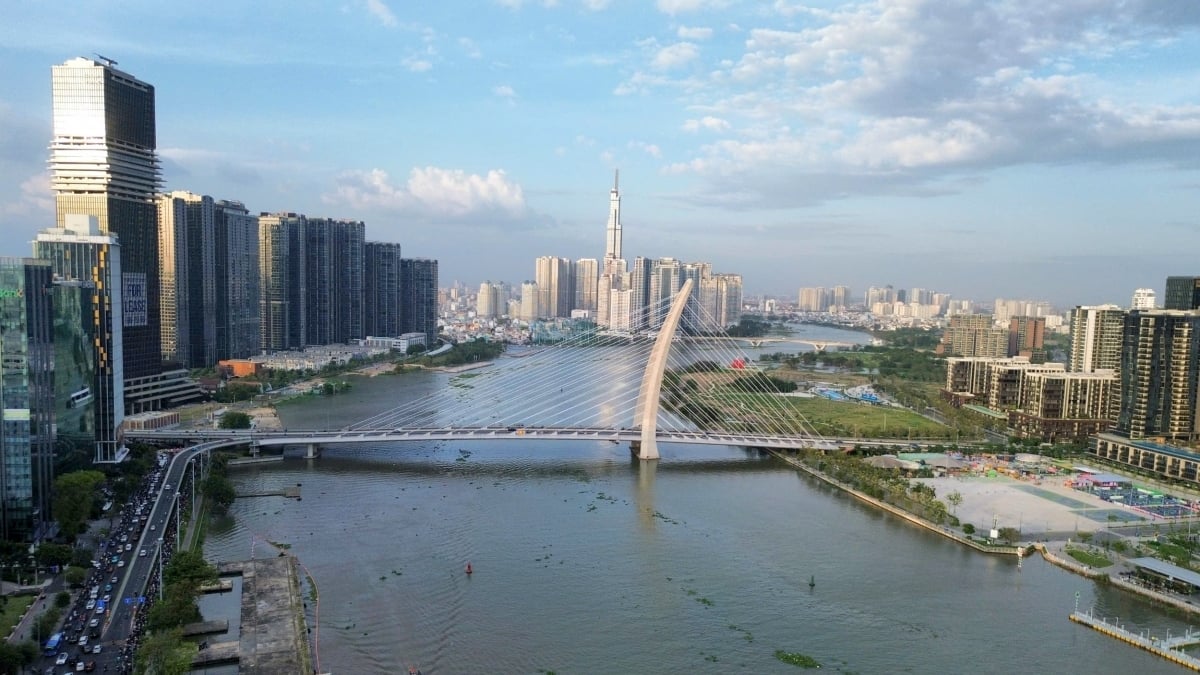
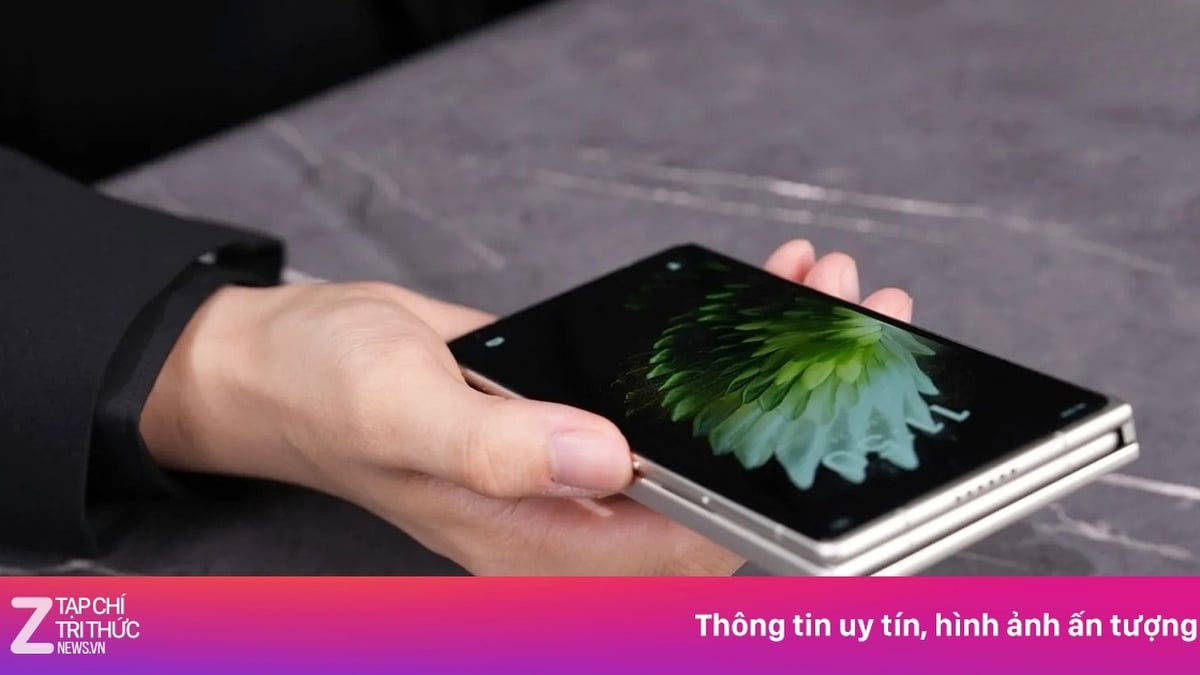

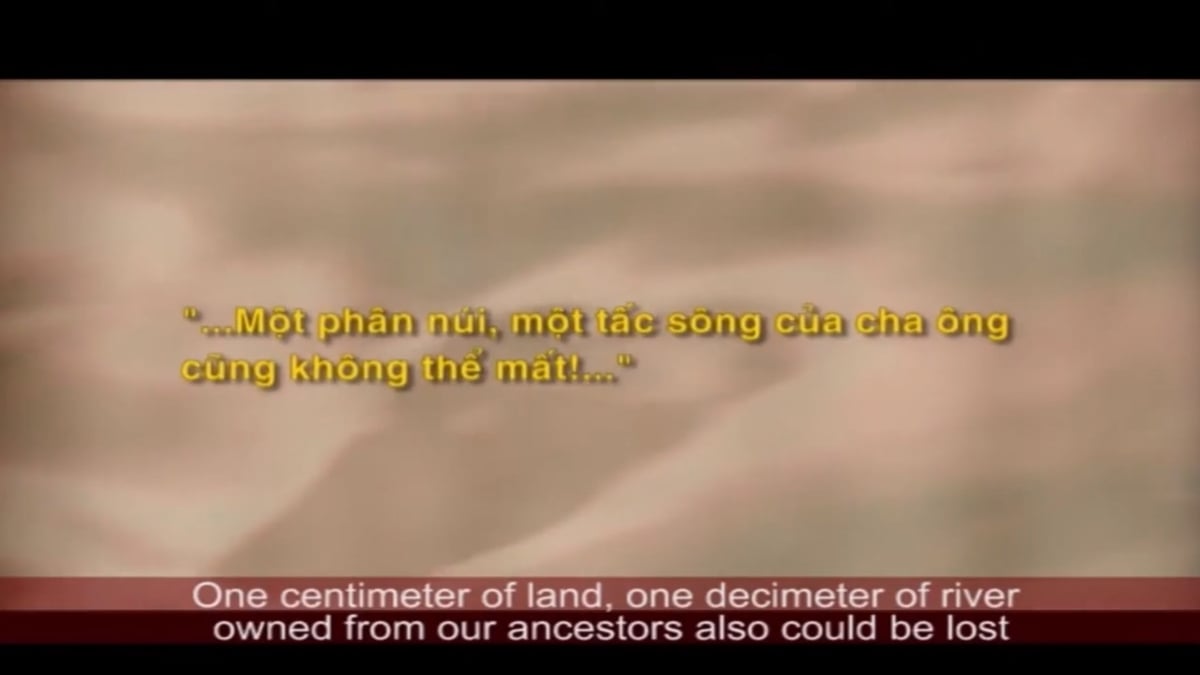
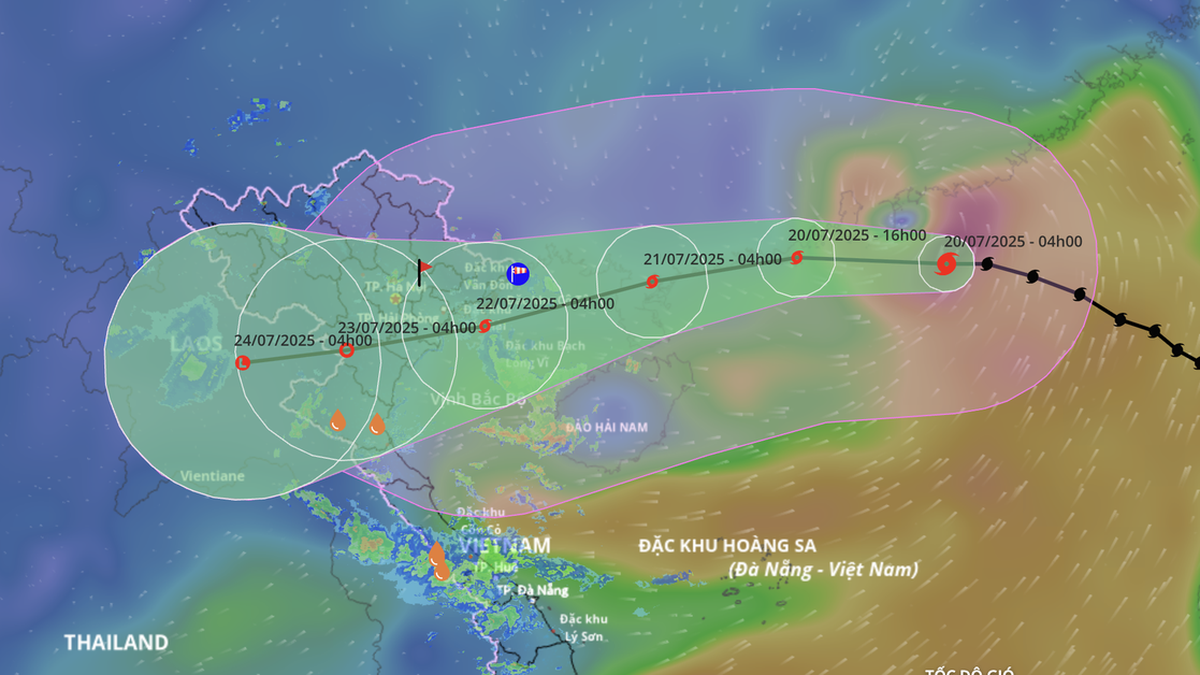










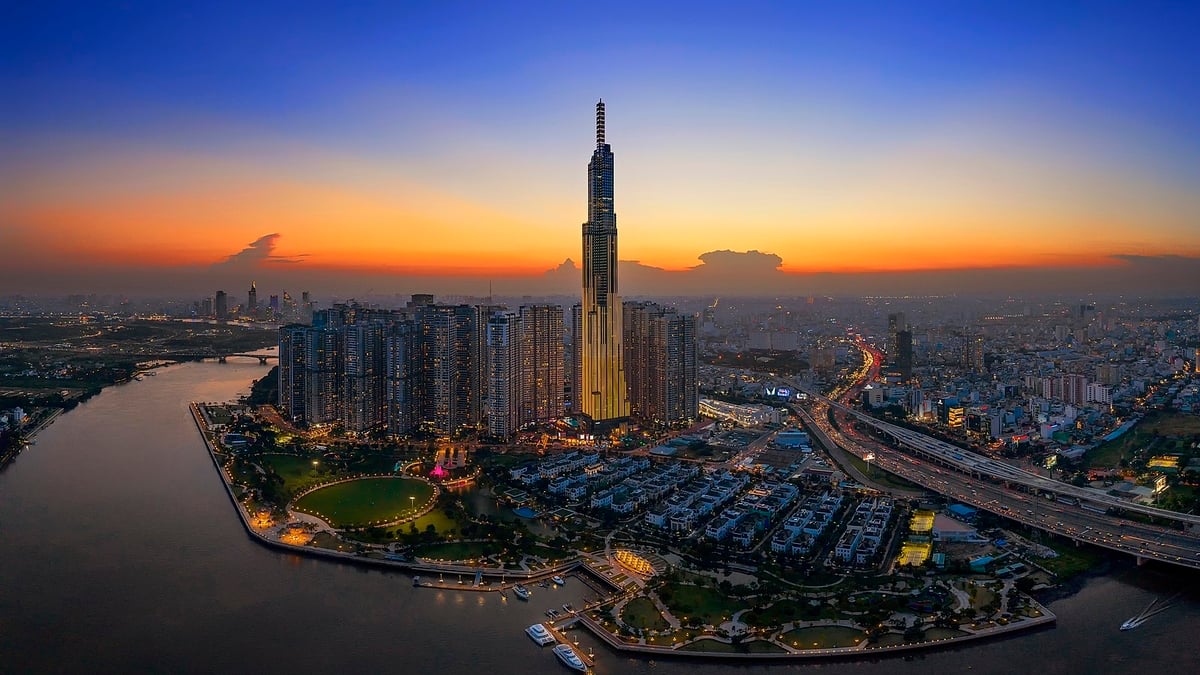









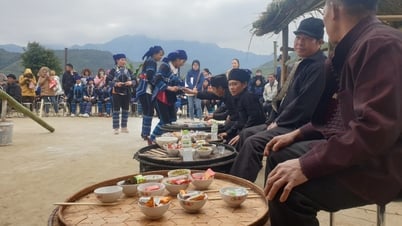







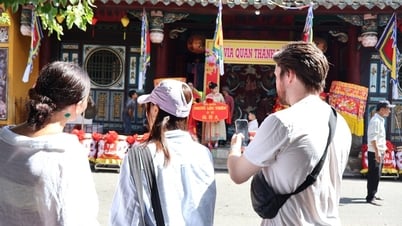





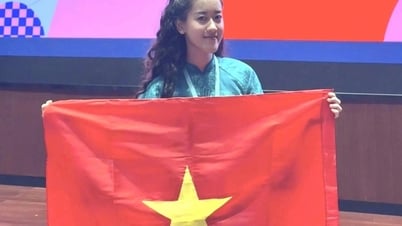



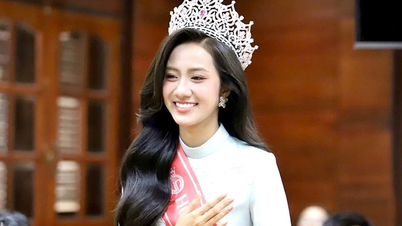

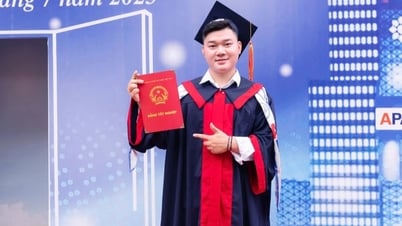








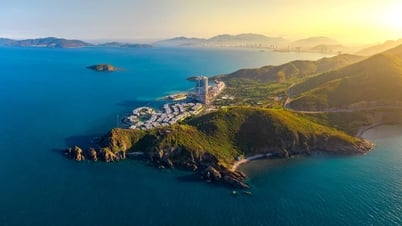

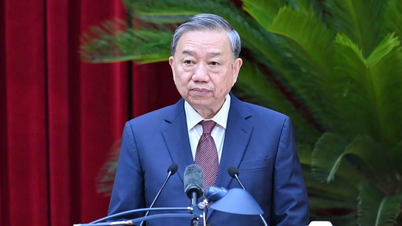
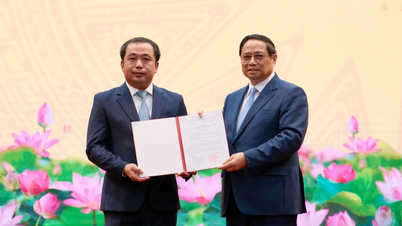
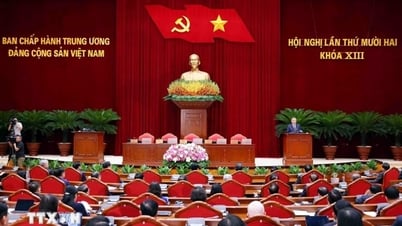





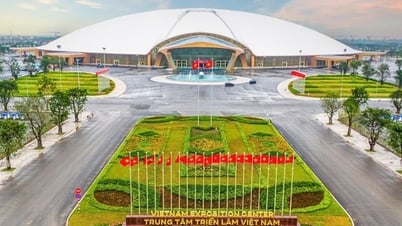
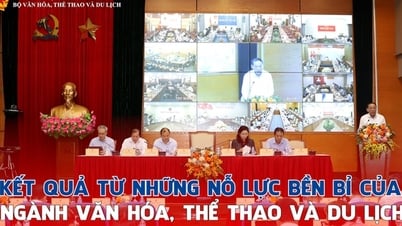
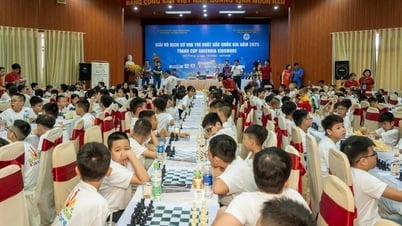





















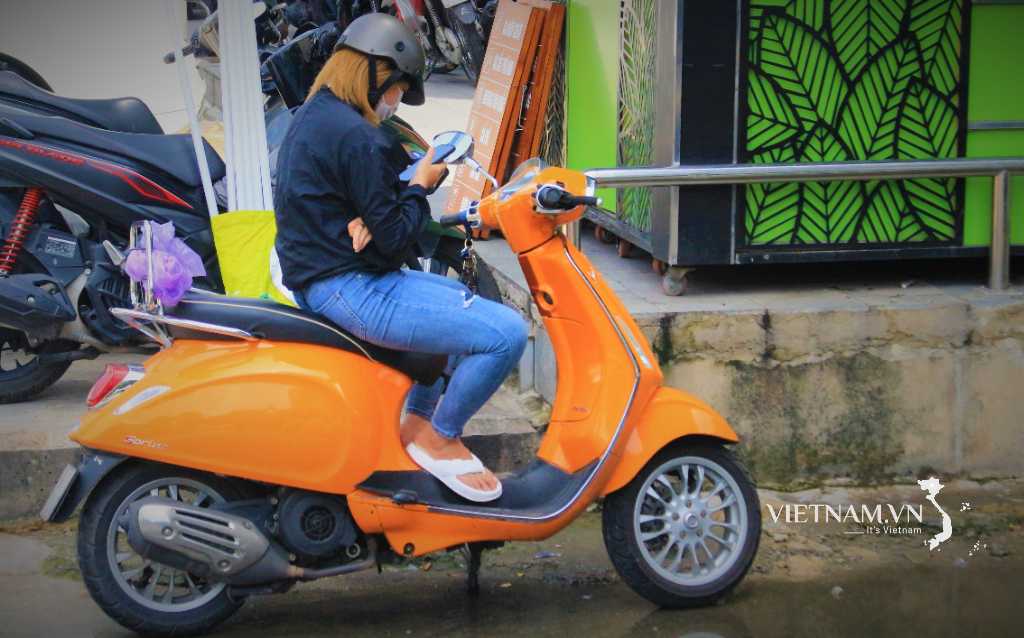



Comment (0)